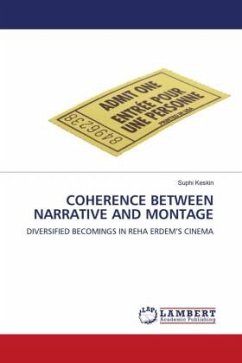
NARRATIVE THROUGH INTERPRETATION OF FAMILY PHOTOGRAPHS
A WEB OF TAIWANESE VISUAL CULTURAL SIGNS
Versandkostenfrei!
Versandfertig in 6-10 Tagen
52,99 €
inkl. MwSt.

PAYBACK Punkte
26 °P sammeln!
This research produced three main results. First, photography functioned as a window or mirror for society and enabled me to see Taiwanese visual cultural roots and cultural diversity. Second, there existed the phenomena of different depths of assimilation. In the Japanese colonial period (1895- 1945) the Taiwanese were affected directly by the Japanese for about three generations. The Taiwanese were spontaneously assimilated into Japanese civilization through fashion, modern schooling, industry, medicine, hygiene, and the improvement of material life, but as far as ethnic assimilation, the sp...
This research produced three main results. First, photography functioned as a window or mirror for society and enabled me to see Taiwanese visual cultural roots and cultural diversity. Second, there existed the phenomena of different depths of assimilation. In the Japanese colonial period (1895- 1945) the Taiwanese were affected directly by the Japanese for about three generations. The Taiwanese were spontaneously assimilated into Japanese civilization through fashion, modern schooling, industry, medicine, hygiene, and the improvement of material life, but as far as ethnic assimilation, the spiritual domain, they were still hesitant. Third, the reflection of the cultural combination and conflicts was among the Taiwanese, the Japanese, the Chinese, and the West. The Taiwanese culture is a hybrid culture, reflecting multiple societies, and creating a new style of visual culture that is not the traditional Chinese, Japanese, nor Western culture. They accepted continual change. The Taiwanese built their own unique visual cultural identity.












